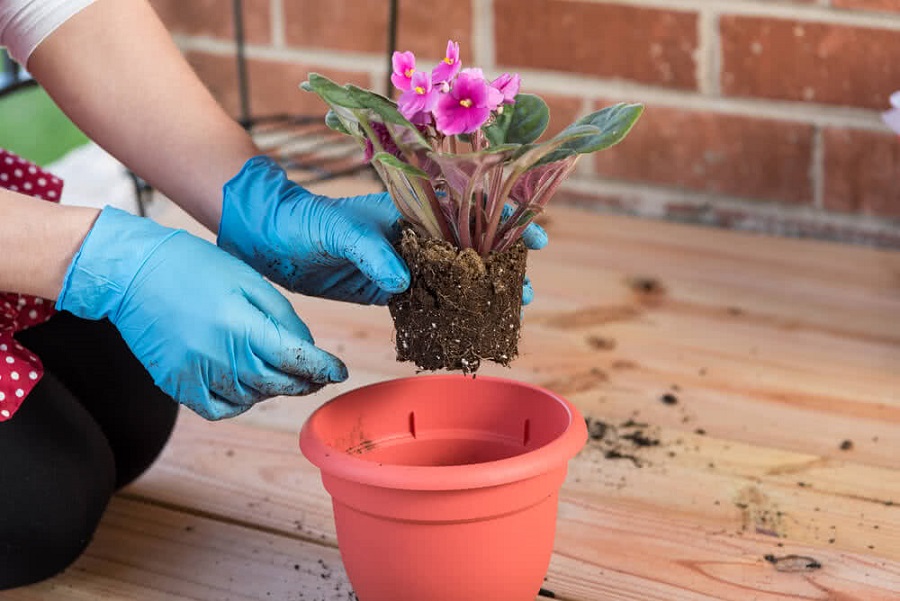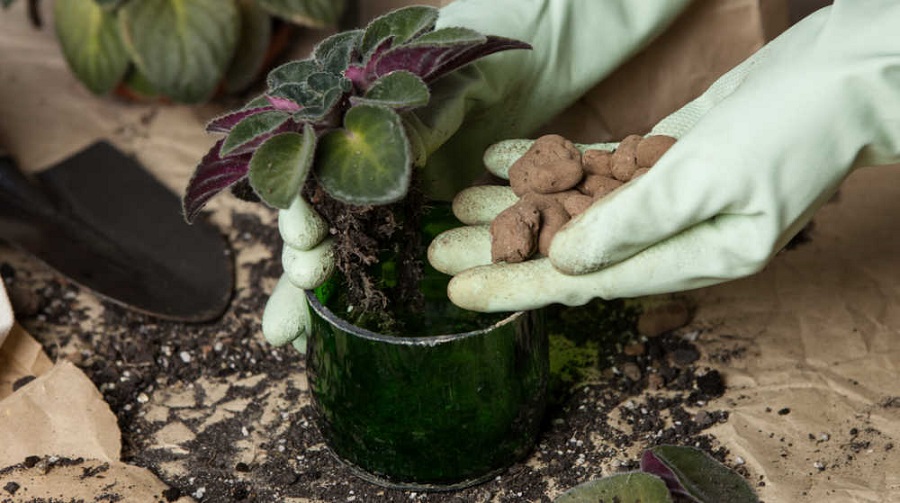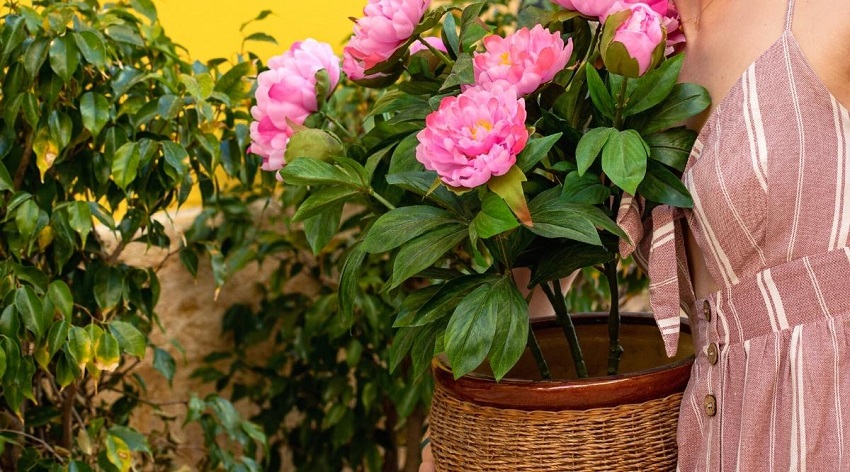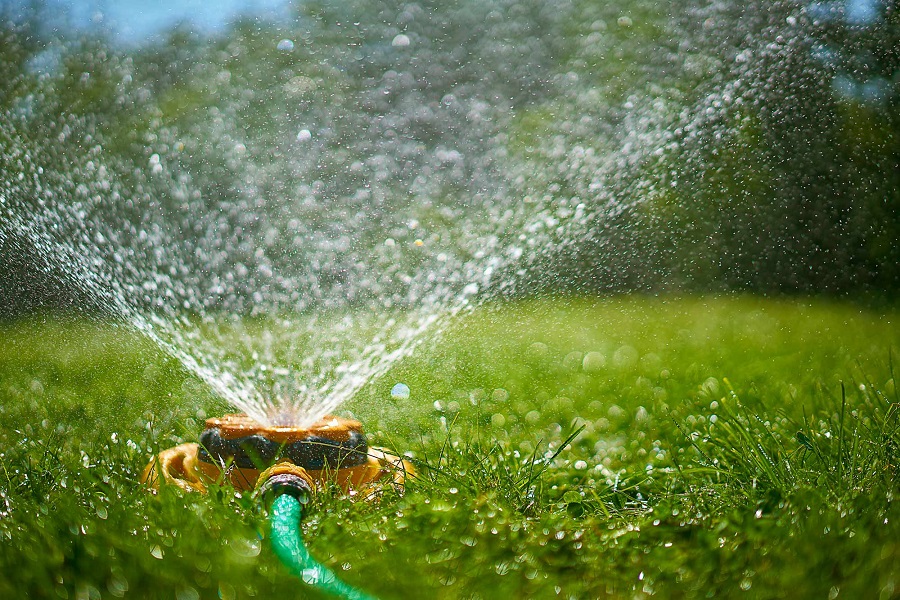Are you an avid gardener with limited space? Or perhaps you want to beautify your patio or balcony with lush greenery? Container gardening is the perfect solution for those who want to enjoy the wonders of gardening in limited areas. When it comes to planting in large pots, it’s essential to employ soil-saving tricks to ensure healthy and thriving plants. In this article, we will explore various techniques and tips to optimize your container gardening experience and make the most of your big pots.
Container gardening allows you to create stunning displays of plants in large pots, adding beauty and greenery to any space. However, successful container gardening goes beyond simply planting a seed. It requires careful consideration of soil composition, pot size, drainage, watering, and more. By implementing the following soil-saving tricks, you can ensure that your plants thrive and flourish in their container environment.
Choosing the Right Pot Size
The first step in successful container gardening is selecting the appropriate pot size for your plants. When planting in big pots, it’s crucial to choose containers that provide ample space for root growth. The pot’s size should correspond to the plant’s mature size and its growth habits. A larger pot allows for more soil, which means better water retention and improved nutrient availability for the plants.
Soil Composition and Potting Mix
The quality of the soil in your container is vital for the health and growth of your plants. Optimal soil composition for potted plants should provide a balance between water retention and drainage. Using a high-quality potting mix specifically designed for container gardening ensures proper aeration, moisture retention, and nutrient availability. It is recommended to choose a mix that contains organic matter, perlite, vermiculite, and other beneficial components.
Drainage Techniques for Healthy Plants
Proper drainage is essential to prevent waterlogged soil, which can lead to root rot and other plant diseases. To enhance drainage, consider placing a layer of small rocks or gravel at the bottom of your pot before adding the potting mix. Additionally, you can elevate the pots slightly using pot feet or small blocks to ensure excess water can freely escape through the drainage holes.
Watering Schedule for Large Pots
Establishing a consistent watering schedule is crucial for the well-being of your potted plants. Large pots tend to dry out more slowly than smaller containers, but they still require regular watering. Check the moisture level by sticking your finger about an inch into the soil. If it feels dry, it’s time to water. Avoid overwatering, as it can lead to root rot. Mulching the top layer of the soil helps retain moisture and reduces water evaporation.
Fertilizing Your Potted Plants
To provide essential nutrients for your plants, fertilize them regularly. Choose a slow-release fertilizer or organic alternatives to ensure a steady supply of nutrients over time. Follow the manufacturer’s instructions for application rates and frequency. Adjust the fertilizer dosage based on the plant’s growth stage and the specific requirements of the selected plant species.
Mulching Tips for Container Plants
Mulching offers numerous benefits for container plants. It helps conserve soil moisture, prevents weed growth, and regulates soil temperature. Apply a layer of organic mulch such as shredded bark or compost around the base of your plants. Avoid placing the mulch too close to the stem to prevent rotting.
Pruning Techniques for Potted Plants
Regular pruning is essential to maintain the shape and overall health of your container plants. Remove dead or diseased branches, as well as any overcrowded growth. Pruning stimulates new growth and encourages branching, resulting in fuller and more vibrant plants.
Repotting Plants in Large Containers
As your plants grow, they may outgrow their current pots. Repotting is necessary to provide ample space for the roots and ensure continued growth. When repotting, choose a container that is one size larger than the current one. Gently loosen the root ball and place it in the new pot, filling the gaps with fresh potting mix.
Selecting the Best Plants for Big Pots
Not all plants thrive in containers, especially large ones. When choosing plants for your big pots, consider their mature size, growth habits, and environmental requirements. Opt for plants that are known to perform well in container gardening, such as tomatoes, herbs, flowering perennials, or ornamental grasses.
Sustainable Planting Practices
Sustainable planting practices promote environmental consciousness and long-term soil health. Consider incorporating organic soil amendments, such as compost or well-rotted manure, to enrich the soil and improve its structure. Avoid using synthetic pesticides or chemical fertilizers that can harm beneficial organisms and disrupt the ecosystem.
Organic Soil Amendments
Organic soil amendments are a valuable addition to container gardening. They enhance soil fertility, water retention, and nutrient availability. Incorporate organic matter such as compost, leaf mold, or worm castings into your potting mix to enrich the soil and provide a steady supply of nutrients for your plants.
Preventing Overwatering in Large Pots
Overwatering is a common issue in container gardening that can lead to root rot and plant decline. To prevent overwatering, ensure your pots have proper drainage holes and avoid waterlogging the soil. Adjust your watering schedule according to the plant’s needs and environmental conditions. Monitor the moisture level regularly and adjust accordingly.
Container Gardening Hacks
Container gardening comes with its own set of challenges and opportunities. Here are some useful hacks to make your container gardening experience even more enjoyable:
- Use self-watering containers to maintain consistent moisture levels.
- Place tall plants at the back of your container arrangement for added depth and visual interest.
- Create vertical gardens by utilizing hanging baskets or trellises.
- Companion planting: Combine plants that have mutually beneficial relationships, such as marigolds and tomatoes, to deter pests.
- Utilize recycled containers, such as old buckets or wooden crates, to add a creative touch to your garden.
Conclusion
Container gardening opens up a world of possibilities, allowing you to enjoy gardening even in limited spaces. By implementing these soil-saving tricks for planting in big pots, you can create thriving and vibrant container gardens. Remember to choose the right pot size, use high-quality potting mix, ensure proper drainage, water your plants adequately, and provide the necessary nutrients. With a little care and attention, your container garden will flourish and become a delightful oasis of greenery.
FAQs (Frequently Asked Questions)
Q1: Can I use regular garden soil for my container plants?
A: It’s generally not recommended to use regular garden soil for container gardening. Garden soil can be too dense and may not provide adequate drainage. Opt for a well-balanced potting mix specifically formulated for container plants.
Q2: How often should I fertilize my potted plants?
A: The frequency of fertilization depends on the type of plants and the fertilizer you’re using. Follow the instructions provided by the manufacturer for the best results. In general, fertilize your plants every 2-4 weeks during the growing season.
Q3: Can I reuse the potting mix from the previous season?
A: It’s possible to reuse potting mix from the previous season, but it’s essential to refresh it. Remove any debris or plant remains and add fresh potting mix as needed. Consider adding organic amendments to replenish nutrients.
Q4: How do I know if my plants need repotting?
A: If the roots of your plants start to protrude through the drainage holes or become tightly packed, it’s a sign that repotting is necessary. Additionally, if your plants show stunted growth or exhibit nutrient deficiencies, they may benefit from being placed in a larger container.
Q5: How can I prevent pests from infesting my container plants?
A: Regularly inspect your plants for signs of pests. Consider using organic pest control methods such as neem oil or introducing beneficial insects like ladybugs. Maintaining good plant hygiene and providing optimal growing conditions can also help prevent pest infestations.





